"In the long term, hygiene and practicality will have to take precedence in architectural and interior solutions," said designer Kelly Hoppen. So the highest standards of hygiene are one of the most important trends in architecture and design.
Economical and highly hygienic toilets
One of the biggest challenges for manufacturers is how to maintain high standards of hygiene without increasing or even reducing the amount of water used.
Swiss company Laufen was one of the first to introduce toilets technology "Rimless". The inner surface of the toilet bowl is open and easily accessible for cleaning, and the water jet effectively rinses away almost the entire surface.
Finally, such toilets save water significantly: toilets without "rimless" require 3/4.5 litres of water to flush, but these models require only 2-4 litres of water to rinse.
"Smart" toilets
"Rimless" toilets have already become the standard for hygiene and comfort. While "smart" toilets with hygienic flushing and other functions are still seen as more of a luxury bathrooms.
However, bathroom experts admit that it is only a question of time when these toilets are no longer considered as a luxury exotic. The obvious advantage of these toilets is the integrated bidet (hygienic washing) function, but they can also offer more features for comfort and superior hygiene.
"Cleanet Riva" is the flagship of Laufen's smart toilets. It looks like a conventional toilet with all the technology expertly hidden under the ceramic.
It features adjustable water flow rate and temperature, an automatic air freshening system, automatic nozzle rinsing, and a completely new hygiene concept.
The system is regularly flushed with water at a temperature of 70 degrees and ensure cleanliness and hygiene not only on the ceramic surface but also water circulating system.
Cleanet Navia, is like the younger brother of Cleanet Riva - much more compact (dimensions just 58 x 36 cm), but with the same key features as Cleanet Riva.
Cleanet Riva has around 30 different functions related to hygiene, control and comfort. Cleanet Navia lists around 20, but this is more an advantage than a disadvantage.
Both smart toilet models can be easily controlled with a unique integrated controller or simply per app on mobile phone.
That about sanitary ceramics?
Sanitary ceramics have been a key material of washbasins for centuries. An d now are set to become even more popular due to the high demands of hygiene and cleanliness.
In 2013 Laufen initiated the revolutionary SaphirKeramik - ceramic material with corundum. This mineral has given the ceramics incredible strength, lightness and resistance.
SaphirKeramik washbasins have reduced wall thicknesses to 4 millimetres, edges - to 1-2 millimetres, and bending resistance has doubled to rival that of... steel.
The new ceramics have also made it possible to produce washbasins with much smaller external dimensions, particularly for small bathrooms.
Contactless systems in the bathroom
Contactless solutions (mainly in faucets) have so far only been common in public spaces. The recent pandemic sweeping the world the demand for such solutions has increased not only in public spaces but even in private homes.
Faucets with infrared sensors activate the flow of water when the hand comes close and turn off when the hand pulls back. Twintronic faucets from Laufen or the L20-E and L90-E models from Roca save water, avoid direct contact with the surface and are much easier to maintain.
Contactless toilet flush activation buttons are also gaining popularity, with Roca's EP-1 and EP-2 automatic buttons featuring a minimalist design, intuitive operation and easy installation. The water rinse is activated either by bringing your hand close to the key or by setting it to fully automatic mode, which will activate the rinse depending on the amount of time the toilet is used.
The Laufen and Roca ranges both offer a wide choice of touchless urinals, with sensors cleverly concealed beneath the ceramics. The latest Laufen urinals are Rimless and meet the highest hygiene standards and are extremely easy to clean.
An interesting trend is that touch systems are now being integrated not only in sanitary appliances but also in bathroom furniture and accessories. For example, the light intensity of the light integrated in Roca's Prisma Confort mirror can be adjusted by hand movements in the sensor zone. This avoids direct contact with the glass surface and makes maintenance easier. But this year, Roca is going even further, with a mirrored cabinet that can cleverly integrate up to 3 non-contact devices at the bottom of the cabinet: a water tap, a soap foam dispenser and a hand dryer.
So, in a post-pandemic world, various sanitary innovations for maximum comfort and the highest standards of hygiene are only going to become more popular in both public and private spaces. But in fact, it is not that difficult to predict. The more intriguing question is: is it fast enough?



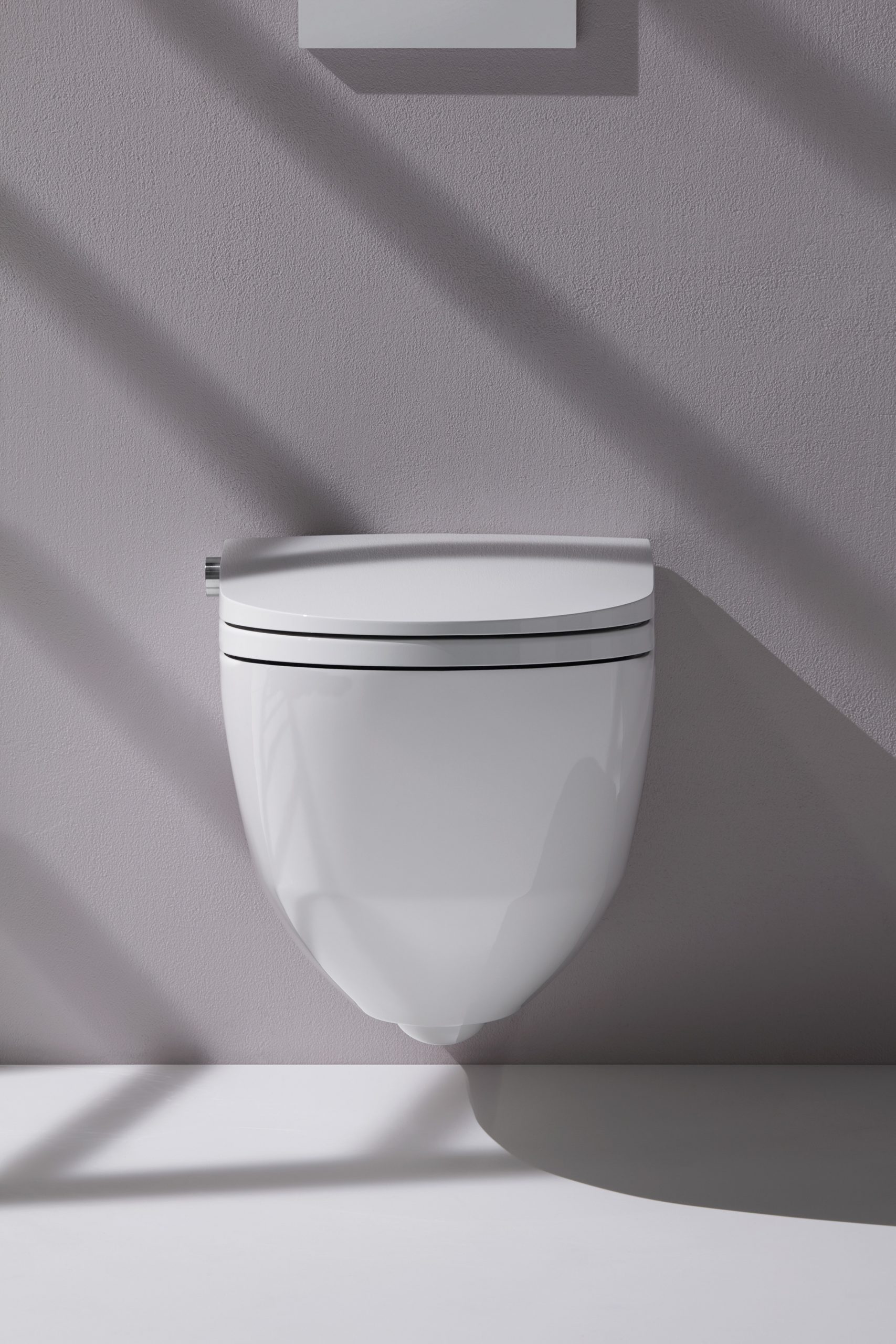



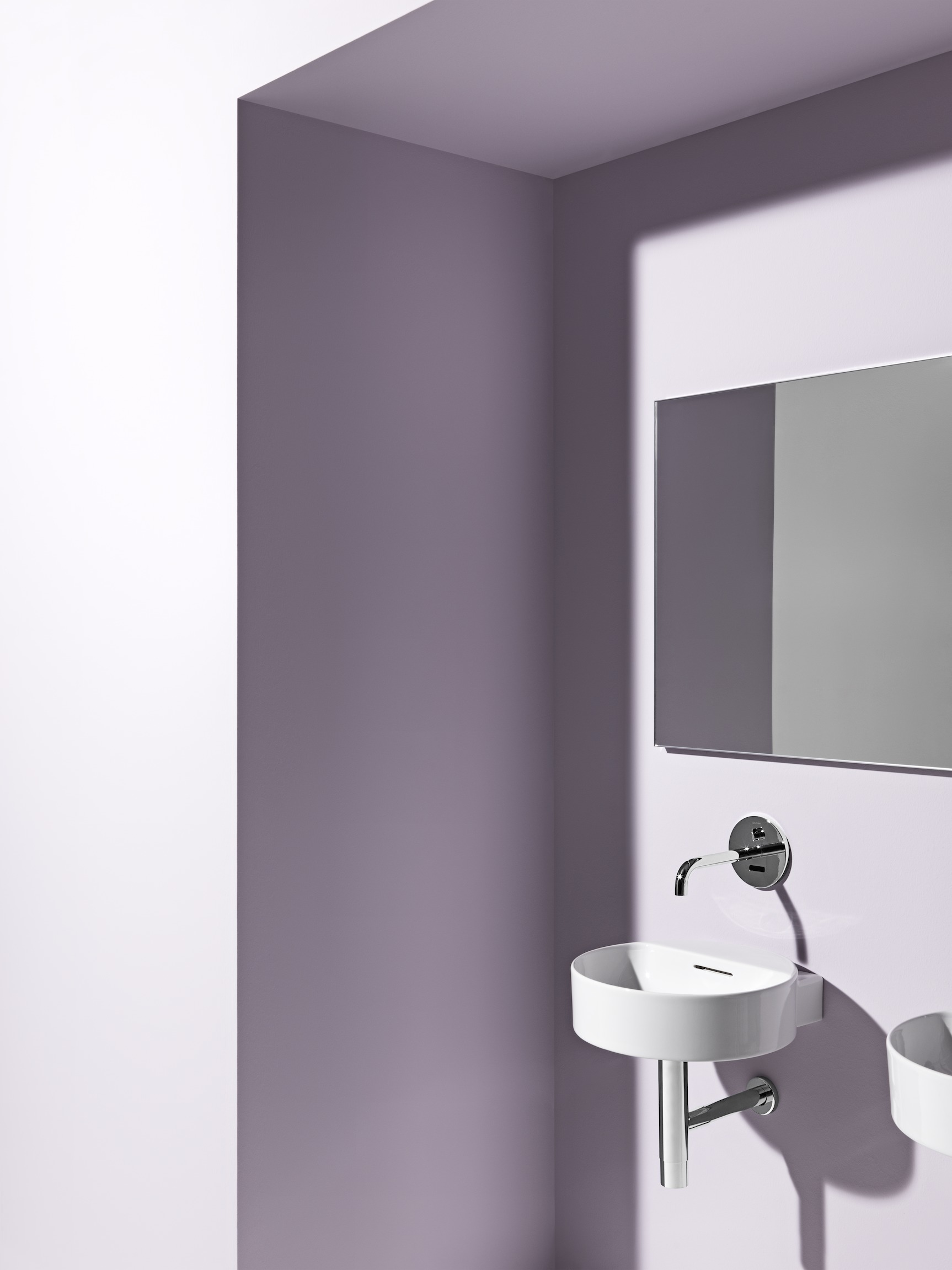


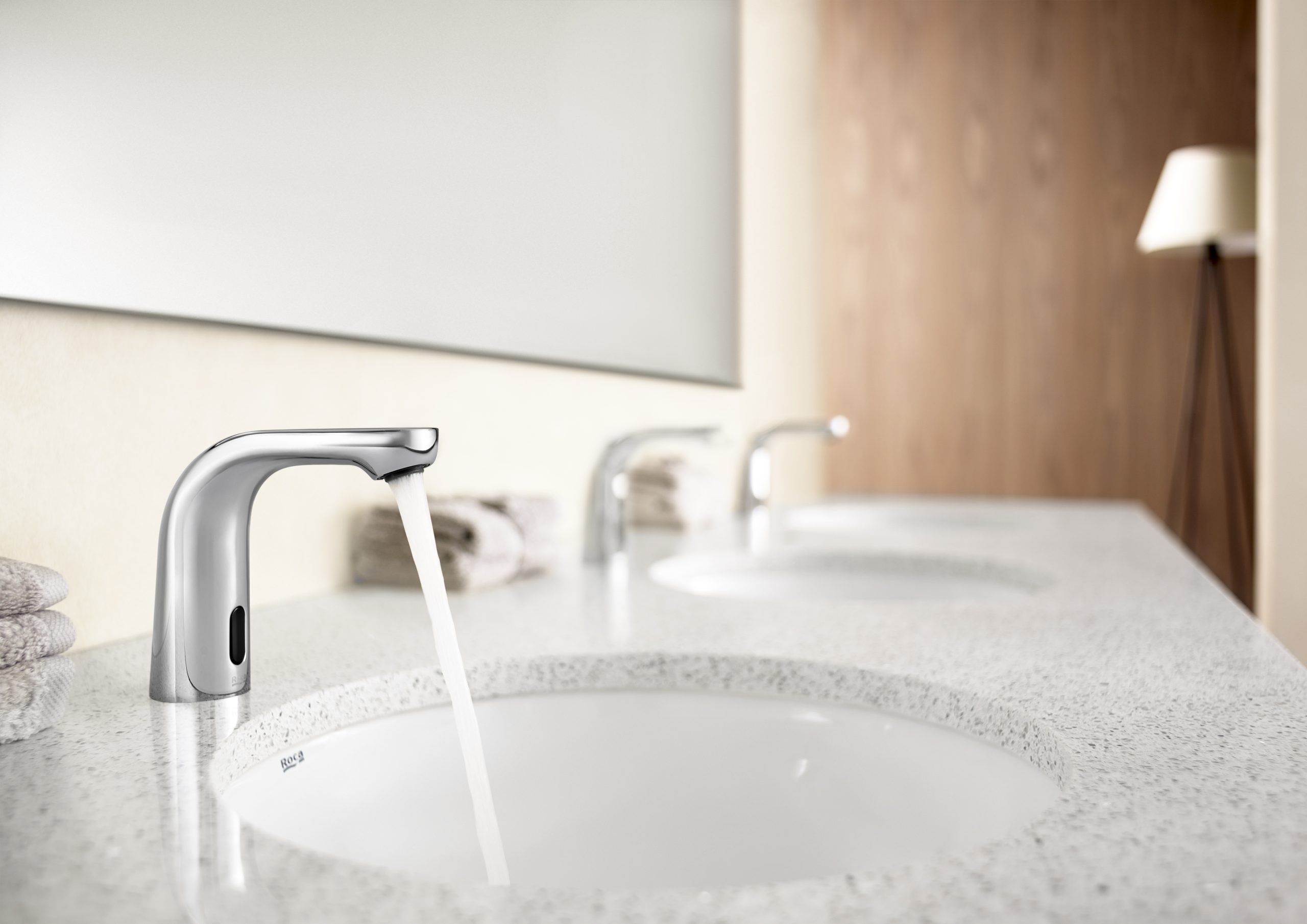
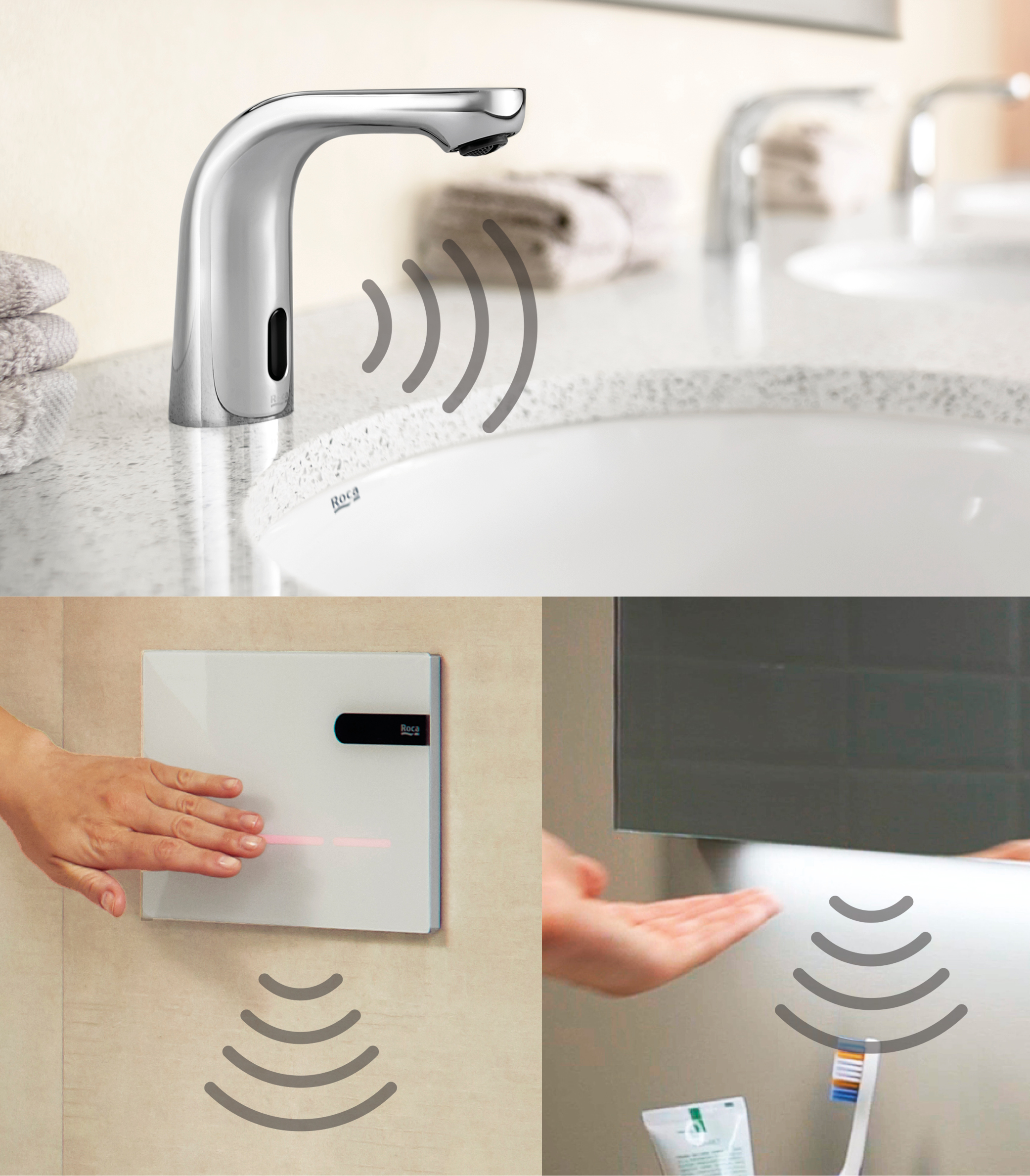
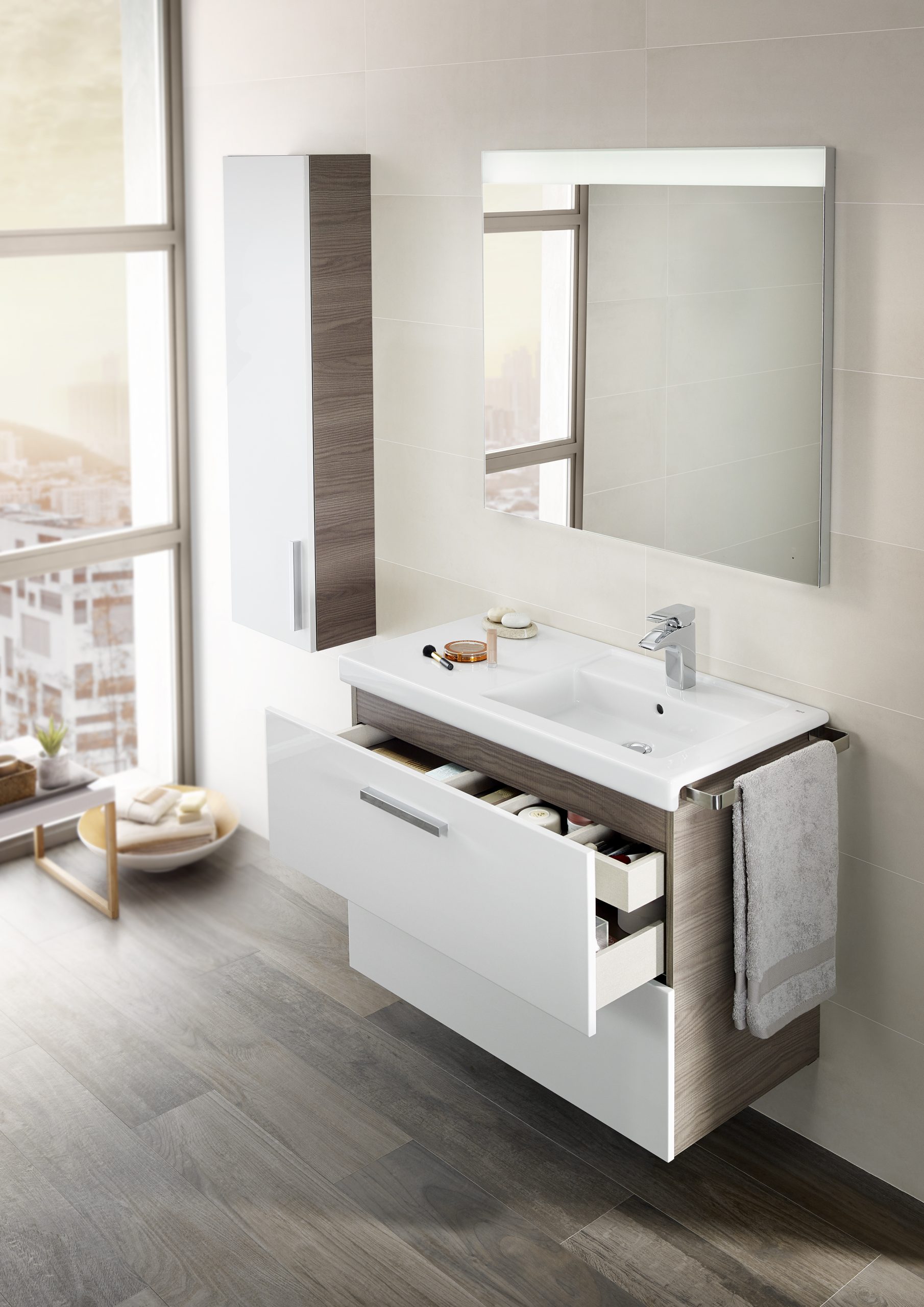
Komentarai (0)